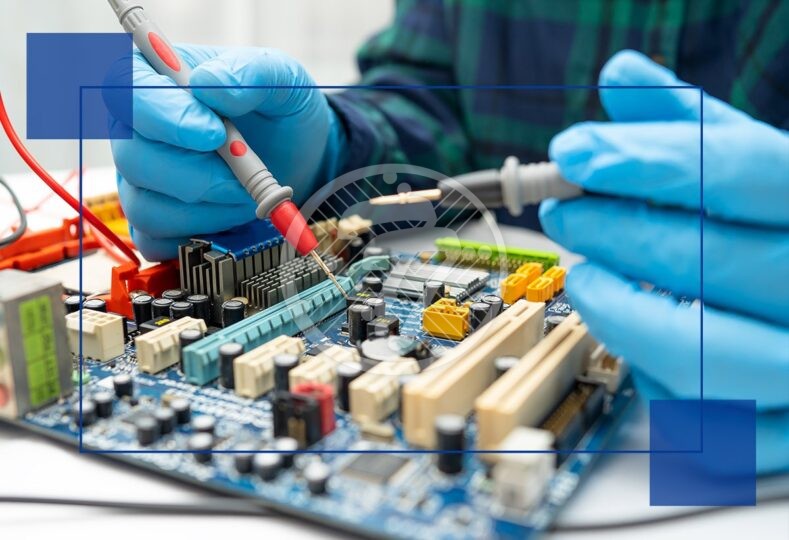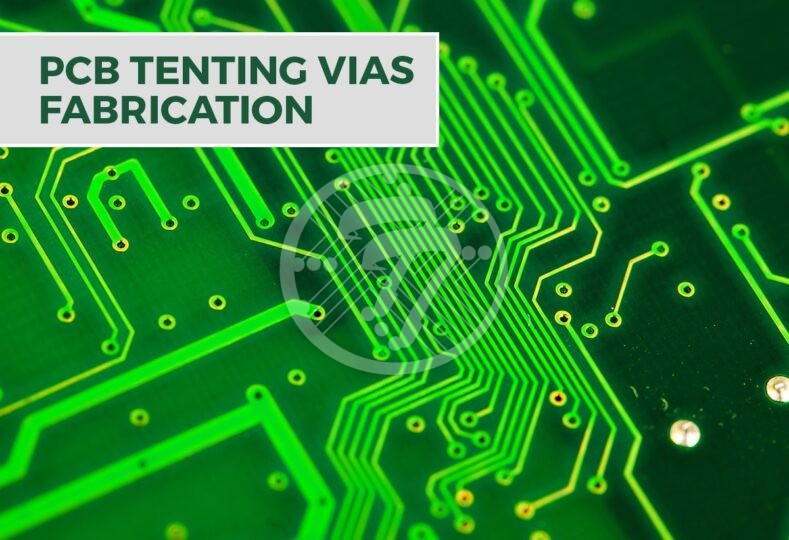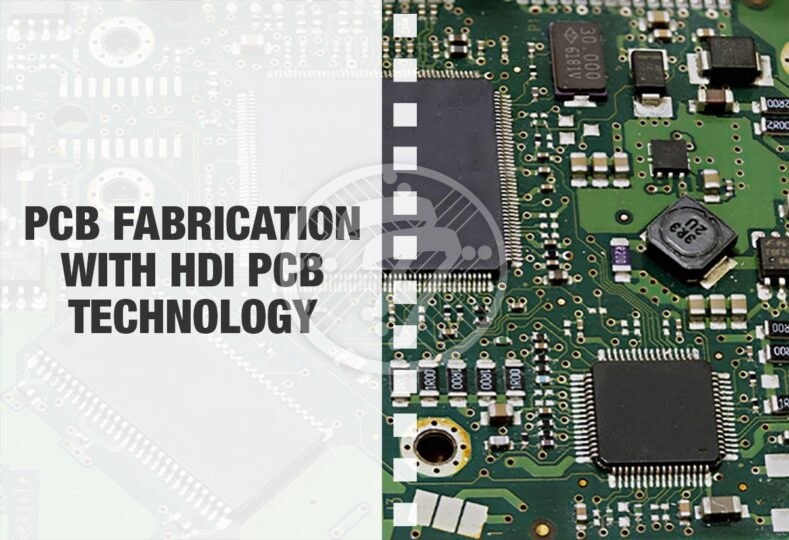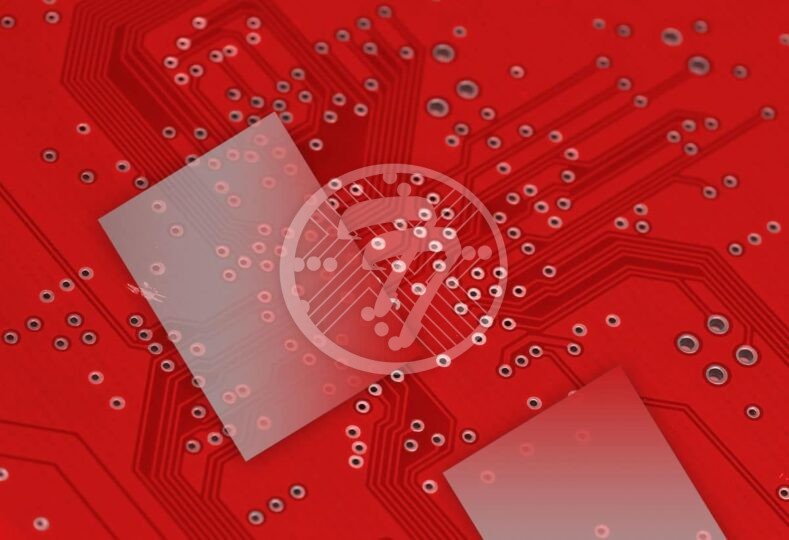PCB Fabrication Process for Type of FR4 Semi Flex PCB!

When it comes to PCB fabrication, the importance of flex-rigid PCBs cannot be overstated. The one driving reason for it is the growing trend of miniaturization of products. Besides, with the flexibility and the capability to be 3D assembled, the demand for flexi-rigid PCB is on the rise. However, not all PCB manufacturers are able to cater to the complex flexi rigid printed circuit board fabrication process. Semi-flexi printed circuit boards are manufactured through a process, which brings the thickness of a rigid board down to 0.25mm +/- 0.05mm. In turn, this allows the board to be used in applications, which require bending the boards and fitting them inside casings. The boards could be used in one-time bend installation as well as in multi-bend installations.
Below is an overview of some its properties that make it unique:
Properties of FR4 Semi-Flexible PCB
- The most important property that lends itself to multiple use is the fact that it is flexible and can adapt to the available space.
- The fact that its flexibility does not come in the way of its signal transmission, adds to its ubiquitous use.
- It also lends itself to being light-weight.
- Typically, semi-flex PCBs are also known for their optimal costs as their fabrication procedure is compatible with the existing manufacturing capabilities.
- They save time both during the design phase as also during assembly.
- They are an extremely reliable alternative especially as they avoid many issues including entangling and welding.
PCB Fabrication Procedure
The broad procedure for fabricating FR4 Semi Flex Printed Circuit Boards is as follows:
The process broadly covers the following aspects:
- Material cutting
- Dry film coating
- Automated Optical Inspection
- Brownization
- Lamination
- X-ray inspection
- Drilling
- Electroplating
- Graphics Conversion
- Etching
- Silkscreen printing
- Exposure and development
- Surface finish
- Depth-controlled milling
- Electrical test
- Quality Control
- Packaging
What are some of the issue faced and plausible solutions in the PCB fabrication process?
The big issue in fabrication is to ensure accuracy as also tolerance of depth-controlling milling. The important bit is to also ensure that there are no resin cracks or oil peeling that leads to any quality issues. This involves checking for the following aspects during depth-controlling milling procedure:
- Board thickness
- Resin content
- Milling tolerance
Depth Controlled Milling Test A
The thickness milling is performed with the Mapping method to conform to the thickness of 0.25 mm, 0.275 mm and 0.3 mm. Post this the board is subject to testing to see if it can adhere to the 90-degree bending. Typically, if the remaining thickness is at 0.283mm, the glass fiber is deemed to be damaged. It is imperative, therefore, to consider the board thickness, glass fiber thickness as well as the dielectric situation, in carrying out the depth milling.
Depth Controlled Milling Test B
Based on the above it needs to be ensured that the thickness of copper between solder mask and L2 is in the range of 0.188mm to 0.213 mm. Due emphasis also needs to be paid to any warpage that may occur thereby impacting the uniformity of overall thickness.
Depth Controlled Milling Test C
Post the prototyping of the panel, Depth control milling is important to ensure the size is set at 6.3″x10.5″. Post that, mapping point measuring is undertaken to ensure that the vertical and horizontal intervals of 20 mm are maintained.
With a special fabrication method, it is ensured that the tolerance of the deep controlled thickness lies in the range of ±20μm.
At Technotronix, we combine state-of-the-art technology with our advanced engineering to offer you semi flex printed circuit boards of the highest quality. With over four decades of experience in delivering high quality, on-time, price-competitive products, you can bank on us for your PCB requirements. Our Semi-Flexible FR4 Printed Circuit Boards are used across a wide range of industries and are available at the best turnaround times. What this additionally means for you is quick time-to-market which in turn, adds to your competitiveness. The fact that they are priced competitively means that you will be well within your budgets.
To get more insights into the PCB fabrication and PCB assembly services, please explore our PCB fabrication services. Also, you can drop an email to [email protected] or give us a call at 714/630-9200 to solve your queries or to get a quote.









